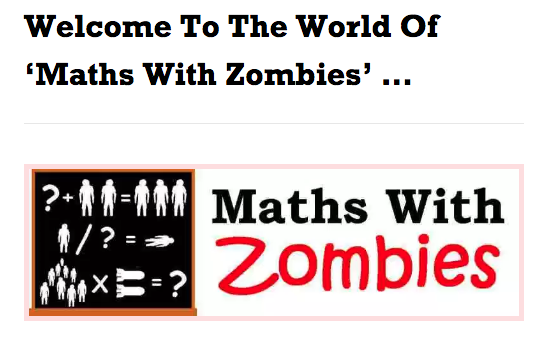
My favourite math task of all time is a financial planning assignment. I have blogged about this previously, but I think it is worth mentioning again. The assignment is called “Making Ends Meet”. It was created years ago with a teaching partner, but it has grown and developed over the years. In this task students take the role of new university graduates who are just moving out on their own. They need to determine how they will pay all of their costs on an entry-level salary. I created a list of entry-level jobs and their salaries. I cut up the list so that each item on the list is on a separate sheet of paper. The papers go into a jar, and then students pick their career out of a jar. I think I need to update the list for next year, as many starting salaries have increased since I first created the list.
After the initial excitement dies down, students begin to move on to the first part of the task, which is calculating take home pay after federal and provincial deductions. I chose to leave off EI (employment insurance) and CPP (Canada Pension Plan) deductions this year, but may put them back on in the future. After determining the yearly net salary the students then determine the monthly net salary, and then the real fun begins. The students proceed to determine the various costs that they will have, including food, housing, utilities, transportation, medical expenses, miscellaneous expenses, and savings. During this phase of the assignment I usually have many students trying to negotiate with me if they really need certain items or with how many people they can share a rental apartment or house, and the buzz in the room is full of excitement. As students are trying to find somewhere to live I encourage them to consider distance to work, safety of the neighbourhood, and proximity to public transportation. Students then come up with a monthly budget, hopefully including a portion for savings. In this phase of the task the students are free to talk with one another and share ideas.
The last phase of the task requires the students to answer questions under a “test” situation and the students are not allowed to share ideas at this point. The amount and content of questions has varied from year to year, but the general theme is that they need to analyze the effectiveness of their budget compared to financial planning strategies and they need to deal with and pay for 2 of 19 potential unexpected problems (flood, broken glasses, etc). I created a numbered list of those problems. I have assigned the problems in various ways in the past, but this year I had each student randomly pick two numbers between 1 and 19 and then I assigned those two unexpected problems to the student.
The students and parents all love this assignment. Students in grade 8 do not pay for much on their own, and for many this gave them their first exposure to what is involved with living on your own. This year I had a student actually thank me for making her realize how expensive life really is, and she said that she was now a lot more appreciative of all that her parents do for her.
You can access the main task here. The “test” situation portion is not part of this handout, as I don’t want my students to access it online.
Have a wonderful day.




